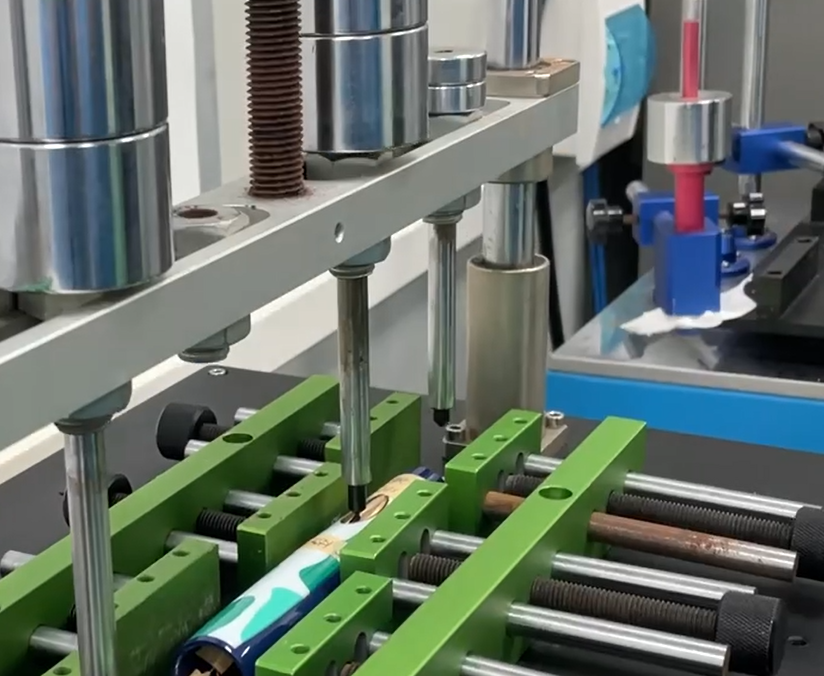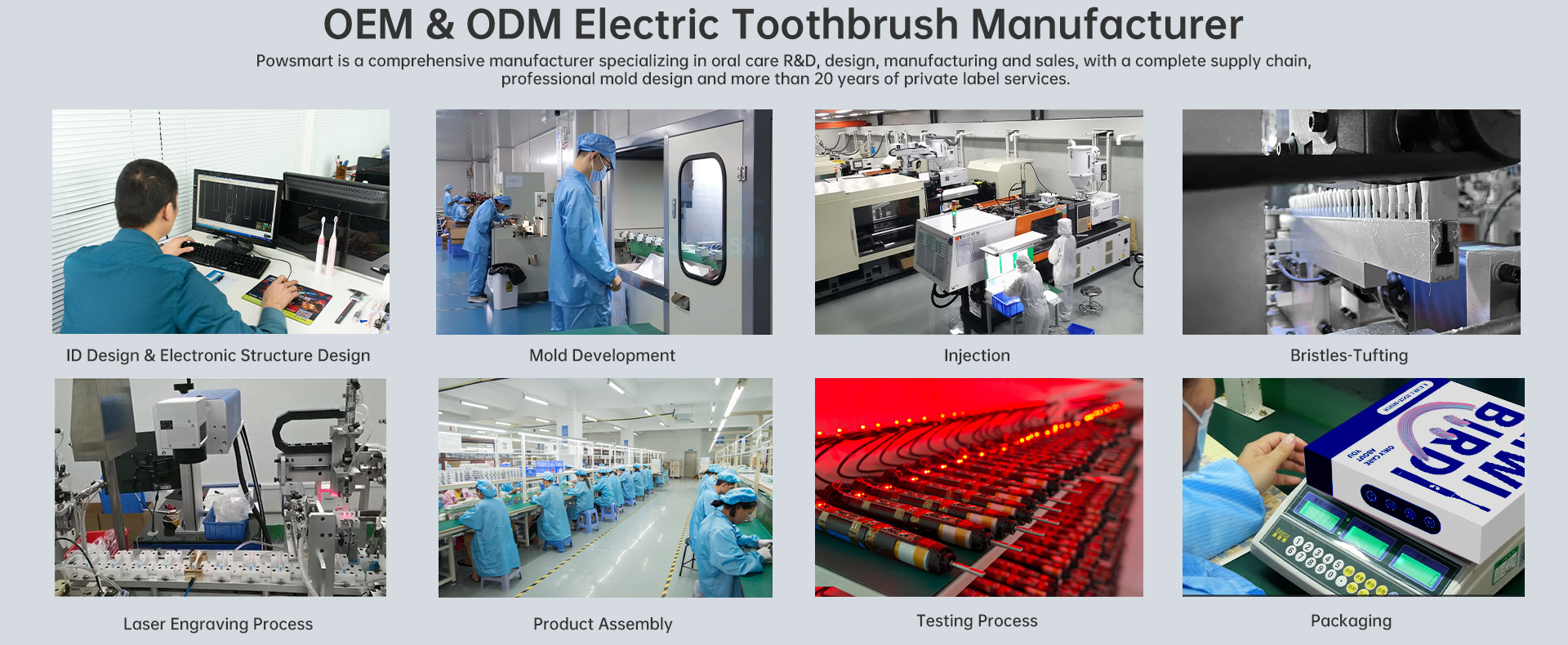In today’s smart oral care devices, real-time status indicators are more than convenience—they are safeguards. However, when indicator failure occurs, it may silently compromise both user experience and clinical outcomes. One overlooked yet serious risk is the potential for periodontal pocket deepening to go undetected due to unresponsive or inaccurate device alerts. This article explores how faulty indicators can mask early signs of gum disease progression—and what manufacturers must do to prevent this silent escalation.
In electric toothbrushes, oral irrigators, or diagnostic tools, indicators often play a critical role. Common indicator functions include:
When these indicators malfunction—whether due to faulty sensors, software bugs, or wear and tear—users may unknowingly operate the device under suboptimal conditions.
Periodontal pocket deepening refers to the increased space between the tooth and gum, typically caused by chronic inflammation and plaque accumulation. This condition marks the early to intermediate stages of periodontal disease and can lead to:
Timely detection is key. Devices designed with periodontal detection or gum sensitivity feedback rely heavily on functional indicators to warn users of abnormal trends.
Here’s where the danger lies: If an oral health device fails to indicate pressure overload, mode mismatch, or abnormal usage time, the user may continue brushing or irrigating with incorrect force or positioning. Over time, this can contribute to:
Essentially, indicator failure masks what should be a protective barrier between minor issues and long-term damage. Company web: https://www.powsmart.com/product/electric-toothbrush/
Common technical reasons for indicator malfunction include:
Such failures are especially critical in B2B products where usage frequency is high and end-users rely on devices for long-term gum health monitoring.
Manufacturers can reduce the risk of periodontal pocket deepening going undetected by reinforcing device reliability through:
These strategies ensure that even if one indicator fails, the user or clinician is promptly informed.
From a manufacturing and brand trust perspective, ignoring the risk of indicator failure opens the door to:
B2B clients expect their suppliers to anticipate—not just react to—such risks. Transparent documentation, accelerated life-cycle testing, and compliance with IEC/ISO standards for medical-grade devices are no longer optional; they are essential.
Is periodontal pocket deepening due to indicator failure a hidden risk? Absolutely. In the rapidly evolving landscape of smart oral care, the line between cosmetic functionality and clinical support is thinner than ever. Ensuring that indicators are not only present but also reliable is a non-negotiable standard for any OEM/ODM vendor committed to device integrity and end-user health. Contact Kiwibird
-300x300.jpg)
-300x300.jpg)

Can a soft-bristle brush head designed for sensitive gums make your brushing process more comfortable?
Does Teeth Whitener Cold Light Radiation Accelerate Enamel Demineralization? Lab Results Revealed!

Why Should You Cover Your Toothbrush in the Bathroom? Hygiene Insights from Manufacturers
Wholesale Electric Toothbrush Distributor USA | Reliable B2B Supply Partner
Whitening Gel Leakage Leads to Teeth Yellowing? Experts Issue Warning!

Should You Partner with a Teeth Whitening Gel Manufacturing Expert?
-3-scaled-1.jpg)
Teeth Whitening Tech: Is LED Scientifically Superior to UV for OEM Applications?
pH Imbalance Plus Taste Distortion – Toxic?

Can a Wireless Charging Toothbrush OEM Produce FDA Approved Electric Toothbrush Models Efficiently?
.jpg)
How the Quadpacer Timer helps you achieve balanced cleaning
Best Toothbrush for Doctors | Clinical Oral Care
Dental Clinic Toothbrush Bulk Supply | Reliable Oral Care Distributor

Comparison Between UV Spraying and PU Spraying for Electric Toothbrushes: Matte, Anti-Slip, and Environmental Protection Performance Analysis
Electric Toothbrush Bulk for Wellness Programs | B2B Oral Care Solutions

Professional electric toothbrush factory
Corporate Gift Electric Toothbrush Wholesale | Premium Business Gifts

electric toothbrush heads Ultra Soft

Electric toothbrush heads Charcoal Infused-Diamond

electric toothbrush heads Charcoal Infuse-Round
.jpg)
Florida Electric Toothbrush – Powsmart PTR-C8

Private Label Whitening Gel

electric toothbrush heads Regular Clean

Customization Teeth Whitening Gel

electric toothbrush heads Deep Clean
whstapp
whstapp
National Toll-Free Service Hotline
+86 755 86238638